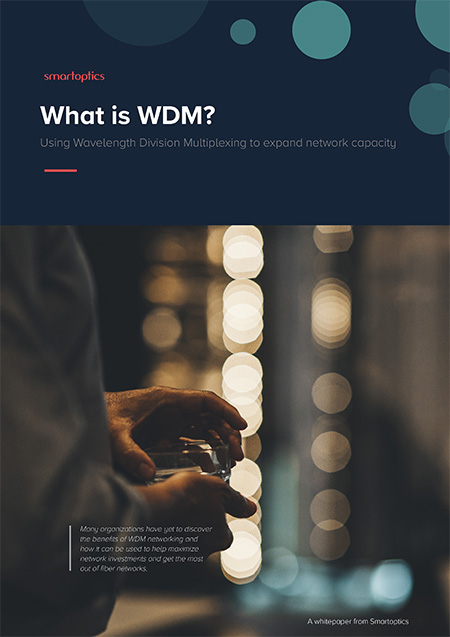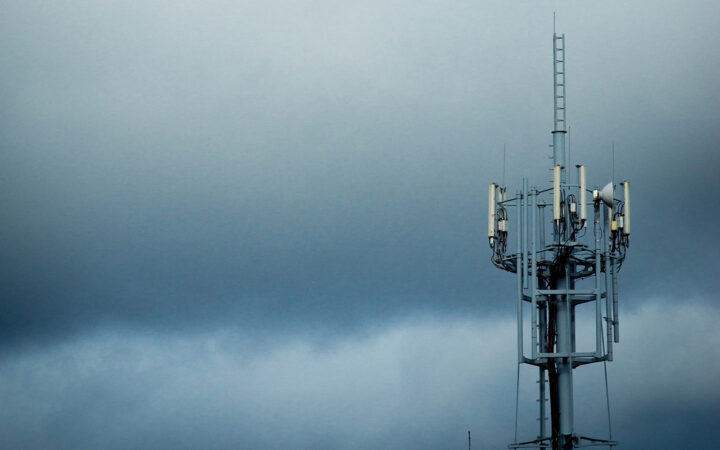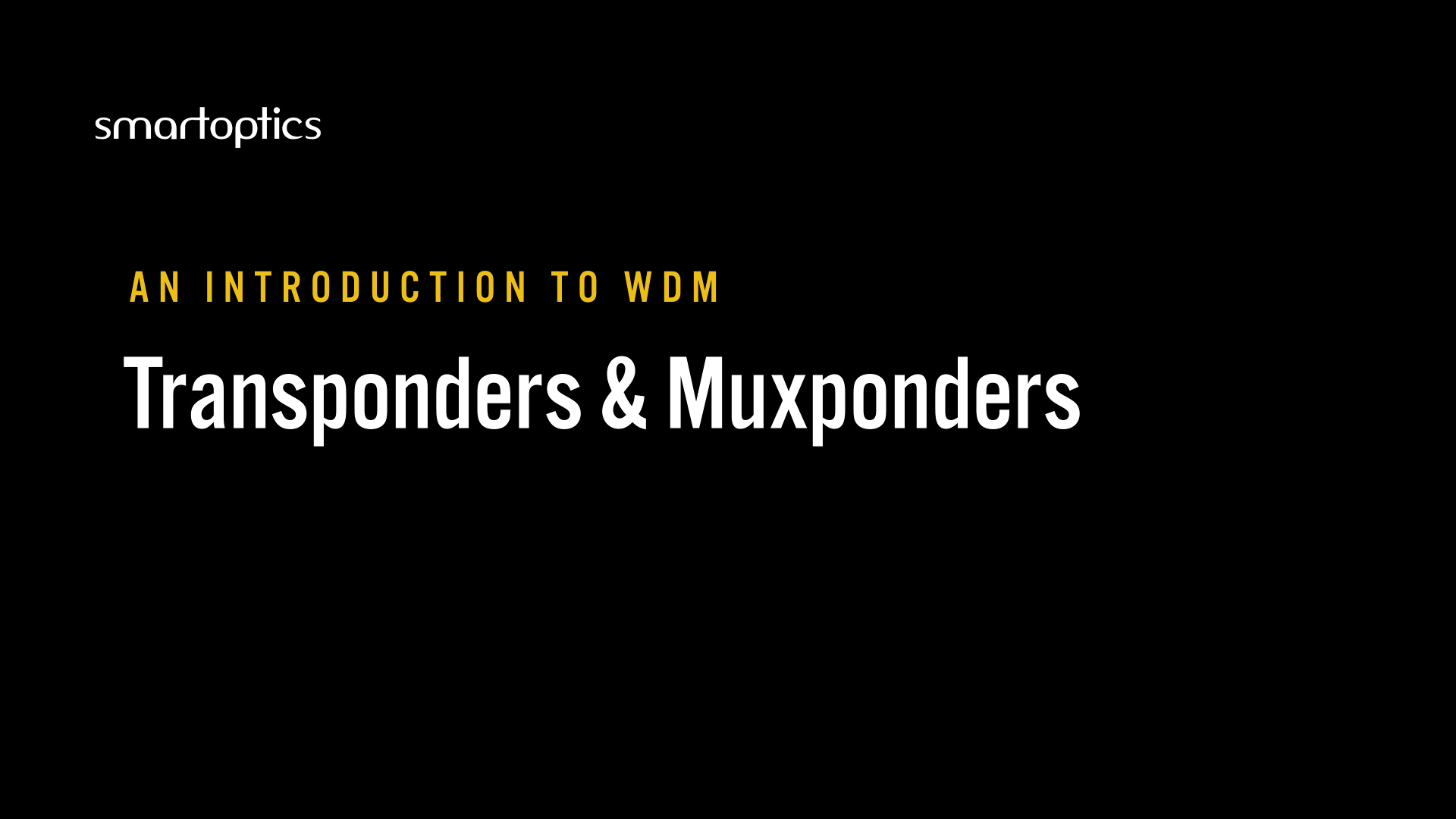THE ROLE OF TRANSPONDERS AND MUXPONDERS IN FIBER NETWORKS
Enterprise data centers and service providers face increasing demands for data security, low latencies, higher speeds and longer distances in their networks. Transponders and muxponders are both key components for upgrading and enhancing their network infrastructure to meet these demands. We’ll take a look at how transponders and muxponders work and when to use them to help you optimize your fiber optic network.
What is a transponder?
A transponder is an active element that sends and receives the optical signal over a fiber. The key differentiators between various transponders are their data rate and maximum signal distance. Transponders convert the short-range SR/LR signal from a fiber optic network switch into a long-range xWDM signal. This enables the converted xWDM signal to be transmitted using an optical fiber over longer distances and multiple channels with transceivers and multiplexers.
As a result, a transponder is a key element when creating optical networks for demanding environments such as service provider networks and plays a critical role in signal transmission throughout the xWDM network.
What is a muxponder?
Similar to a transponder, a muxponder is also an element for sending and receiving the optical signal from a fiber. However, a muxponder also has the capability to combine multiple services into a single wavelength by multiplexing several channels to a higher order signal. This enables more efficient use of the fiber than a transponder but it also means that muxponders can be used even when there are not any DWDM transceiver options. For instance, multiple 32G or 40G signals can be combined onto a single 100G or 200G output.
The advantages of transponders over only using transceivers
Transceivers can convert an electrical to an optical signal, but this means you would have to use two transceivers to do the job of one transponder. Also, when using embedded transceivers on each end in this way, there is no guarantee that the data outputted will be identical to the input data. This is where the ability of transponders and muxponders to serve as a re-generator using optical-to-electrical-to-optical (OEO) conversion comes in handy.
This means that the transponder or muxponder converts an optical signal to an electrical signal and then generates a copy of the signal in optical form at a new wavelength. The benefit of OEO is that transponders and muxponders can automatically receive, amplify and re-transmit signals on new wavelengths without any changes to the data carried over the signal at all.
When to use transponders and muxponders
An embedded network can be a simple and cost-effective solution for short to mid-range transportation of large amounts of data. However, a solution based on active transponders or muxponders is preferable when transceivers and switches are not fully compatible or when transceivers alone will not meet your needs.
For instance, you might need greater speed, distances or security than is otherwise possible with the switch and transceiver combinations already installed. Here are a few cases in point that exemplify when using a transponder-based solution can solve common challenges:
- When your network must be encrypted: Transponders and muxponders can help to protect sensitive data and meet regulatory requirements with encryption.
- When a network operator needs to hand off a gray (i.e. non-xWDM) signal to end users: Transponders and muxponders enable this while making it easier for ISPs to control and restrict the optical connection’s bandwidth.
- When data needs to be transported over long distances but the transceiver does not support long–distance xWDM: Although standard transceivers in form factors such as QSFP28 are effective for transferring data within data centers, a transponder-based solution can bridge the gap and open up longer distances by supporting xWDM and adding FEC to the signal.
- When data needs to be transported at higher speeds than supported by transceivers on a DWDM network: Faster transceivers can be larger and switch vendors may prefer only to support smaller transceivers, but transponders are another way to support faster speeds regardless of the transceiver form factor.
Finding the right transponder-based solution for your needs
Whether you need transponders and what transponders you need is highly individual. Start with a needs analysis: What switches and transceivers do you use? What speeds and distances will you need to cover? What other requirements do you have?
Smartoptics transponders and muxponders based on the Dynamic Connectivity Platform (DCP) can be used in any combination alongside embedded DWDM transceivers for flexible networking. With a DCP-M open line system, all traffic types can be combined together from throughout the data center on to a DWDM network.


Related articles

What is a SAN ( Storage Area Network) and how does it protect mission-critical workloads?

What is Fibre Channel used for?

